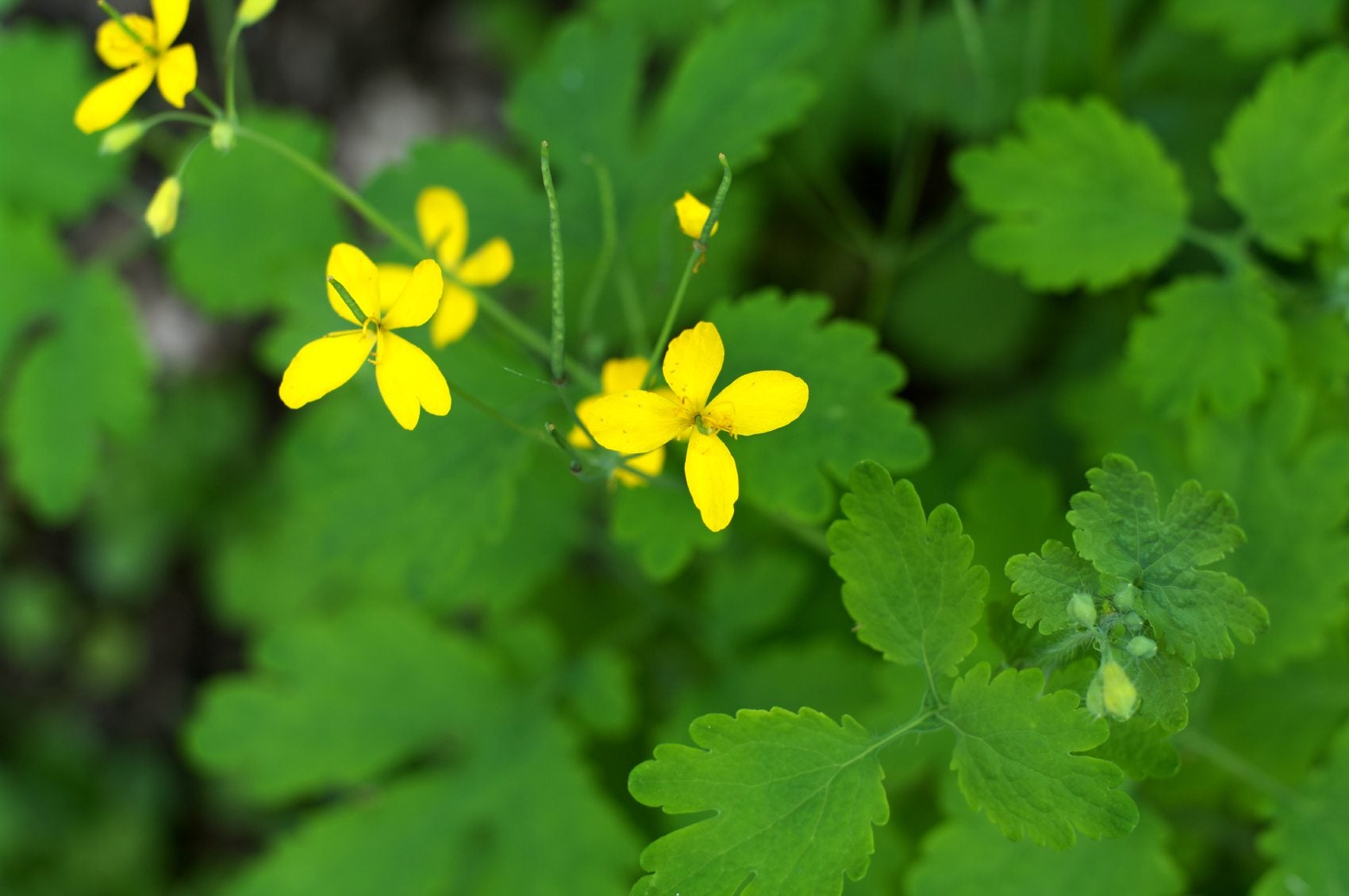Greater Celandine Plant Info: Information About Celandine In Gardens


Greater celandine (Chelidonium majus) is an interesting, attractive flower known by several alternate names, including chelidonium, tetterwort, wartweed, devil’s milk, wartwort, rock poppy, garden celandine, and others. Read on for greater celandine plant info, including concerns about greater celandine in gardens.
Celandine Plant Information
Where does greater celandine grow? Greater celandine is a non-native wildflower that was introduced by early settlers into New England, primarily for its medicinal qualities. However, this aggressive plant has naturalized and now grows across most of the United States – especially the southeastern states. It thrives in rich, moist soil and is often seen growing in damp meadows and disturbed areas, such as along roadsides and fences. Greater celandine plant info wouldn’t be complete without mentioning its close resemblance to another plant, the celandine poppy.
Difference Between Greater Celandine and Celandine Poppy
Before considering the characteristics of greater celandine in gardens, it’s important to learn the differences between greater celandine and celandine poppy (Stylophorum diphyllum), a native plant also known as wood poppy. The two plants are similar, and it can be difficult to know which is which because both have bright yellow, four-petaled flowers that bloom in late spring. However, they have distinct differences. The most dependable method to distinguish greater celandine and celandine poppy is to look at the seed pods. Greater celandine displays long, narrow seedpods while celandine poppy has fuzzy, oval-shaped pods. Additionally, greater celandine displays small blooms measuring less than an inch (2.5 cm.) across, while celandine poppies are double that size. Celandine poppy is native to the United States. It is well-behaved and easy to grow. Greater celandine in gardens, on the other hand, is another story altogether.
Greater Celandine Control
If you’re thinking about growing greater celandine in gardens, think twice. This plant is extremely invasive and may soon crowd out other less rambunctious plants. Even growing the plant in a container isn’t a solution because greater celandine produces great numbers of seeds, which are dispersed by ants and germinate easily. In short, it’s extremely difficult – if not impossible – to prevent this plant from spreading to unwanted places unless you confine the plant to a greenhouse. Also, it’s important to keep in mind that the entire plant is toxic, especially the roots. The key to greater celandine control is to never let the plant go to seed. It’s fortunate that the plant has shallow roots because greater celandine control involves a lot of pulling. Wear gloves because the sap may irritate your skin. You can also use herbicides to kill young plants before they set seeds.
Gardening tips, videos, info and more delivered right to your inbox!
Sign up for the Gardening Know How newsletter today and receive a free copy of our e-book "How to Grow Delicious Tomatoes".

A Credentialed Garden Writer, Mary H. Dyer was with Gardening Know How in the very beginning, publishing articles as early as 2007.
-
 Looking For Plants To Give You The Soft And Fuzzies? Try These 5 Fuzzy Leaf Plant Options
Looking For Plants To Give You The Soft And Fuzzies? Try These 5 Fuzzy Leaf Plant OptionsLovers of texture, drama, silver foliage and tactile plants will adore these special sensory garden additions. These fuzzy leaf plant options will leave you all aglow
By Susan Albert
-
 Get Ready For A Summer Of Hummers! Grow These Full Sun Hummingbird Plants and Flowers
Get Ready For A Summer Of Hummers! Grow These Full Sun Hummingbird Plants and FlowersIf you’re lucky enough to enjoy a sunny backyard, make sure you are maxing out on your pollinator opportunities and grow these full sun hummingbird plants and flowers
By Tonya Barnett